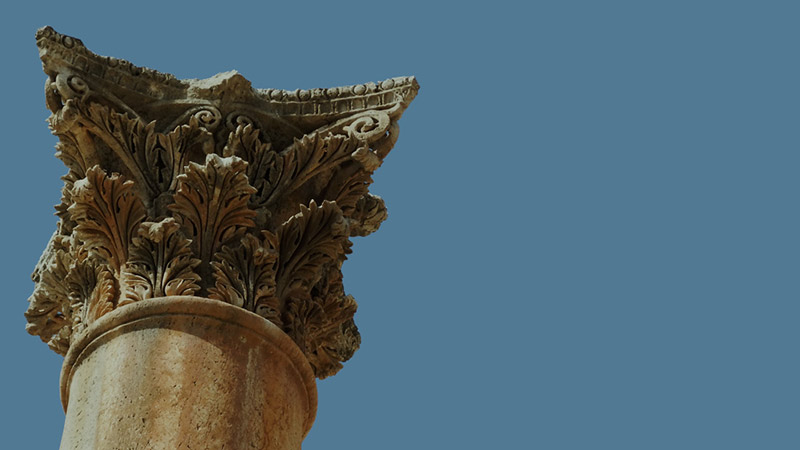Updating...
Showing 12 of 67

Korazin - The CityStudying the ruins of Korazin and other Galilean towns, scholars have pieced together a picture of family life in the first century. Korazin stood in the northwestern corner of the Galilee region, about three miles from the sea. ...
MORE
The Province of Asia MinorThe remains of the towns and villages of Galilee give evidence to the simple lifestyle of the Jewish people of the first century. Few were wealthy but most were hardworking people living comfortable lives as extended fami...
MORE
Rabbi and TalmidimThe people of Galilee were the most religious Jews in the world in the time of Jesus. This is quite contrary to the common view that the Galileans were simple, uneducated peasants from an isolated area. This perspective is probab...
MORE
Certainly not all people who lived in this fertile area were religious or even Jewish. But it is clear that most inhabitants of the sea's northwestern side were very religious;a fact supported by the many synagogues discovered there.Jesus conducte...
MORE
The second commandment forbade making images. Hellenistic culture glorified the human form. These two world views clashed in the days of Herod as he tried (and largely succeeded) to mold his kingdom into a Hellenistic one. He imported great number...
MORE
This aerial view shows the remains of Capernaum, a small village on the northern shore of the Sea of Galilee ("Capernaum" comes from the Hebrew Kfar Nahum, which means "Nahum's Village"). Jesus chose this place as the hub of hi...
MORE
This stream is one of several that run out of the cliff at Caesarea Philippi. Originally, the springs ran from the cave known as the Grotto of Pan. The presence of a religious cult here is probably due to these springs of fresh water.Peter's confe...
MORE
These niches originally held statues of the pagan gods worshipped at Caesarea Philippi. The largest is actually an artificial cave that leads to a niche in the cliff itself. This niche apparently held a statue of Pan. Above it is another niche wit...
MORE
Against the cliff and in the large cave on the left, in the third century BC, was a cult center to the fertility god Pan. This center probably was built to compete with the high place at Dan, about three miles away.The presence of the spring formi...
MORE
The reconstructed platform, or podium, near the cave at Caesarea Philippi was originally the base of a temple either to the Roman emperor Augustus or to Pan (or possibly both). The entrance to the Grotto (or cave) of Pan is seen to the left of the...
MORE
Korazin was one of the cities where "most of his miracles had been performed" (Matt. 11:20). Typical of Galilean towns of the time, the synagogue occupied a prominent place on an elevated platform in the center of town, symbolizing the i...
MORE
This spectacular tel is one of the most extensively excavated archaeological sites in the Middle East. When Saul and Jonathan died nearby Mount Gilboa, their bodies were displayed on the walls of this city.The large mound in the distance is the Ol...
MORE